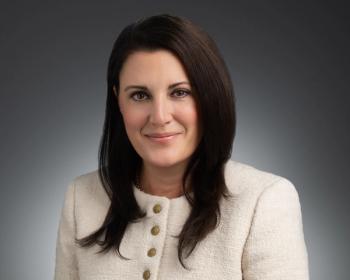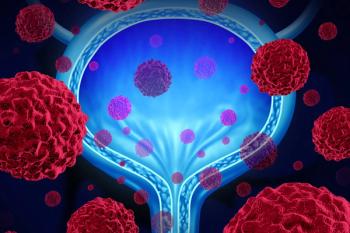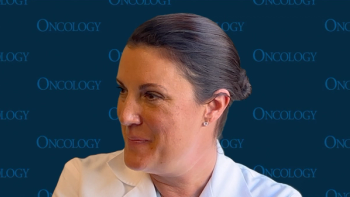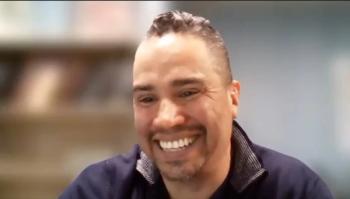
Oncology NEWS International
- Oncology NEWS International Vol 9 No 12
- Volume 9
- Issue 12
‘Eclipse’ Cigarettes Higher in Carcinogens Than ‘Ultralights’
WASHINGTON-Several health groups have demanded that R.J. Reynolds Co. withdraw its new Eclipse cigarette from test marketing after an analysis showed that the cigarette exposes smokers to greater amounts of carcinogens than two currently available “ultralight” brands. The company has said that Eclipse contains fewer carcinogens than other cigarettes and may reduce the risk of smoking-related cancers.
WASHINGTONSeveral health groups have demanded that R.J. Reynolds Co. withdraw its new Eclipse cigarette from test marketing after an analysis showed that the cigarette exposes smokers to greater amounts of carcinogens than two currently available ultralight brands. The company has said that Eclipse contains fewer carcinogens than other cigarettes and may reduce the risk of smoking-related cancers.
The study was commissioned by the Massachusetts Department of Public Health and released at a press conference held in conjunction with the American Cancer Society (ACS), American Heart Association (AHA), and Campaign for Tobacco-Free Kids. RJRs health claims on the Eclipse cigarette are ludicrous, said John R. Kelly, PhD, chairman of the board of the ACS.
According to the Campaign for Tobacco-Free Kids, cardiovascular disease (43%) and cancer (36%) account for 79% of the more than 400,000 smoking-related deaths that occur in the United States each year. Obviously, judging by the study, smoking an Eclipse cigarette is not the next best thing to quitting, as RJR has promoted, but is one of the best ways to wind up dead from heart disease and stroke, said M. Cass Wheeler, chief executive officer of the AHA.
The analysis, carried out by LabStat International, Inc., of Kitchener, Ontario, compared the chemicals in the smoke of Eclipse with those of Now and Carlton. Eclipse produced the same amount or more of the strong carcinogens found in the tobacco smoke of the other two brands. These chemicals included nitrosamines, acetaldehyde, acrolein, and benzo(a)-pyrene. Moreover, Eclipse smoke contained more carbon monoxide than Now and Carlton.
In light of our research, R.J. Reynolds claim that Eclipse has 80% less carcinogens in the smoke than the typical ultralight appears to be false and misleading, said Greg Connolly, director of the Massachusetts Health Departments Tobacco Control Program. Further, the use of R.J. Reynolds data to make health claims about reduced risk of cancer also appears to be false and misleading.
Eclipse uses a charcoal heat source containing a small amount of tobacco at its tip, which burns. The heat from the burning tip passes through a length of tobacco, which doesnt burn, and glycerin, which vaporizes. The result is smoke and flavor reaching the smoker. Reynolds says Eclipse burns only about 3% of the tobacco in a traditional cigarette.
Articles in this issue
almost 25 years ago
Radiation Therapy After Mastectomy: Mistaken Assumptionsalmost 25 years ago
Use Caution in Retinoid Chemoprevention Trialsalmost 25 years ago
Antifolate + Platinum in Advanced NSCLCalmost 25 years ago
Colorectal Cancer Screening Working, But Challenges Remain Remainalmost 25 years ago
Faces Pain Scale Useful in Evaluating Pain in Younger Childrenalmost 25 years ago
NIH Funds Two New CAM Cancer Therapy Research Centersalmost 25 years ago
Most Cancer Patients Say They Are Unaware of Clinical Trials Surveyalmost 25 years ago
Vessel Sealing Tool Effective in Laparoscopic Colon Surgeryalmost 25 years ago
Use of EPA Improves Cachexia in Patients With Pancreatic Canceralmost 25 years ago
PCOS Shows Effects of Prostate Cancer Treatment on Patients’ Quality of LifeNewsletter
Stay up to date on recent advances in the multidisciplinary approach to cancer.


















































































